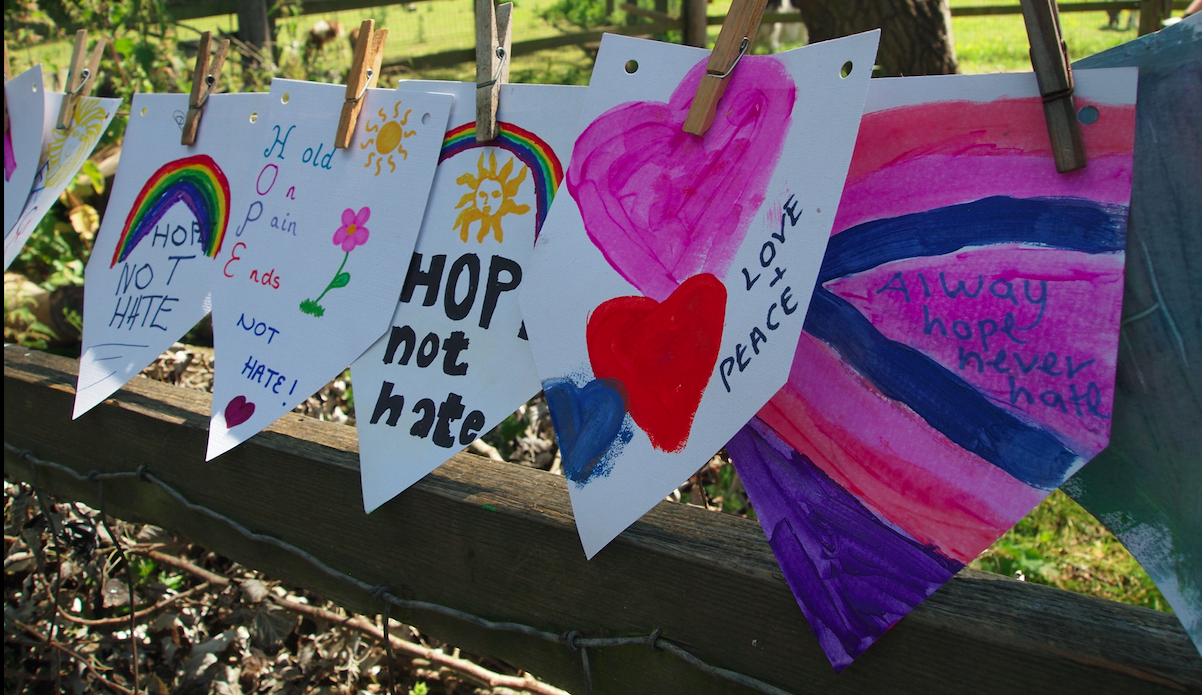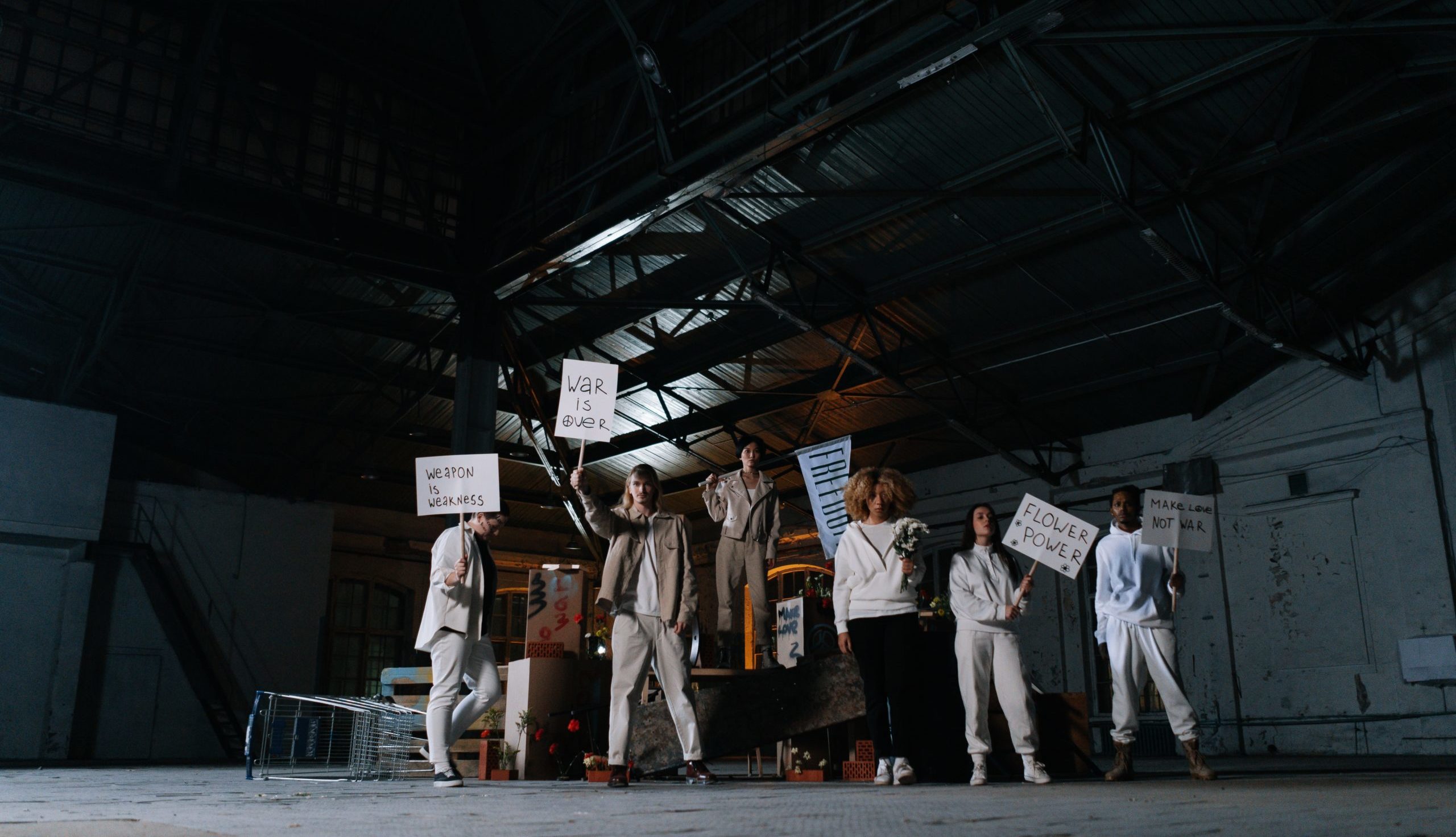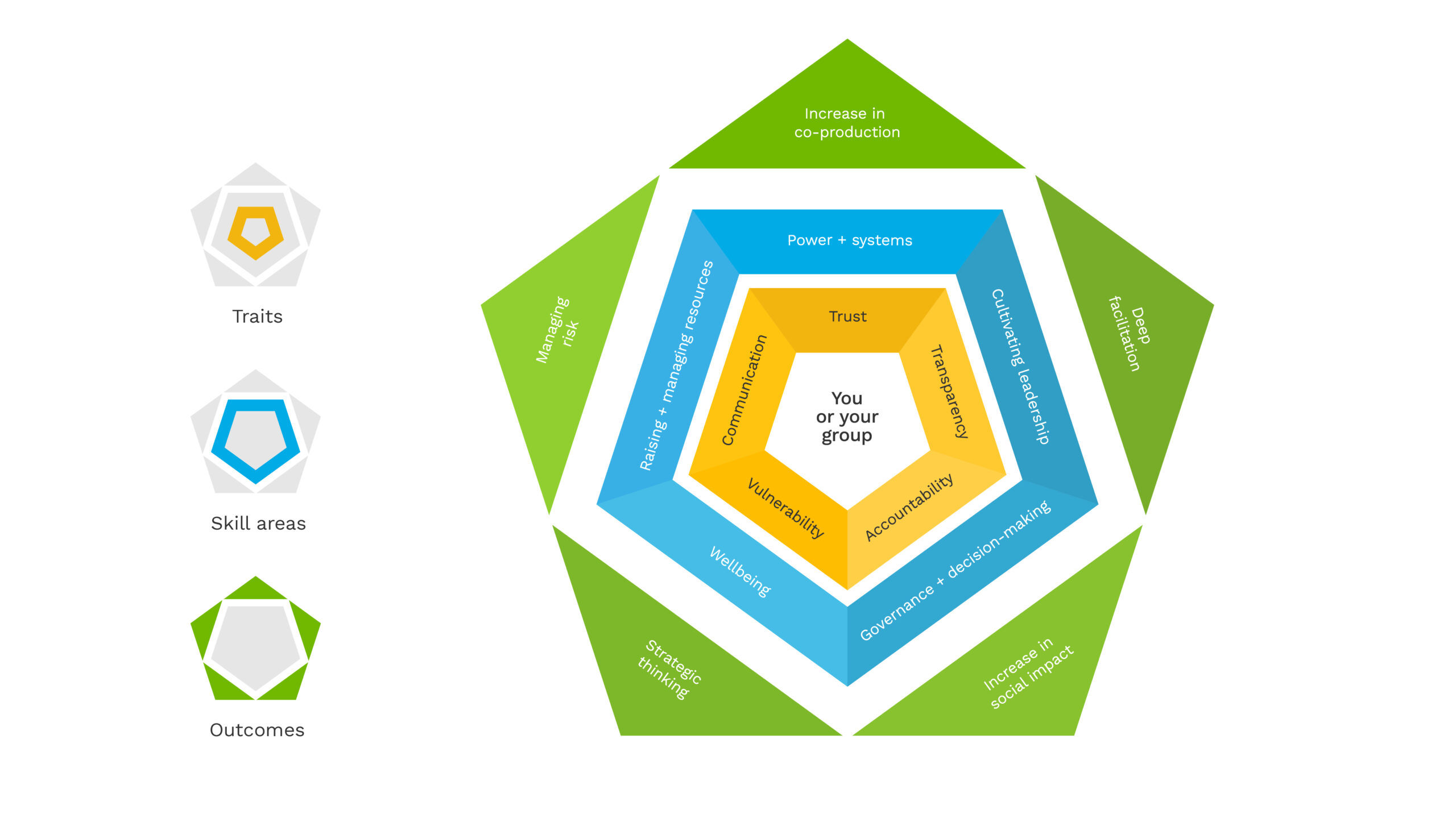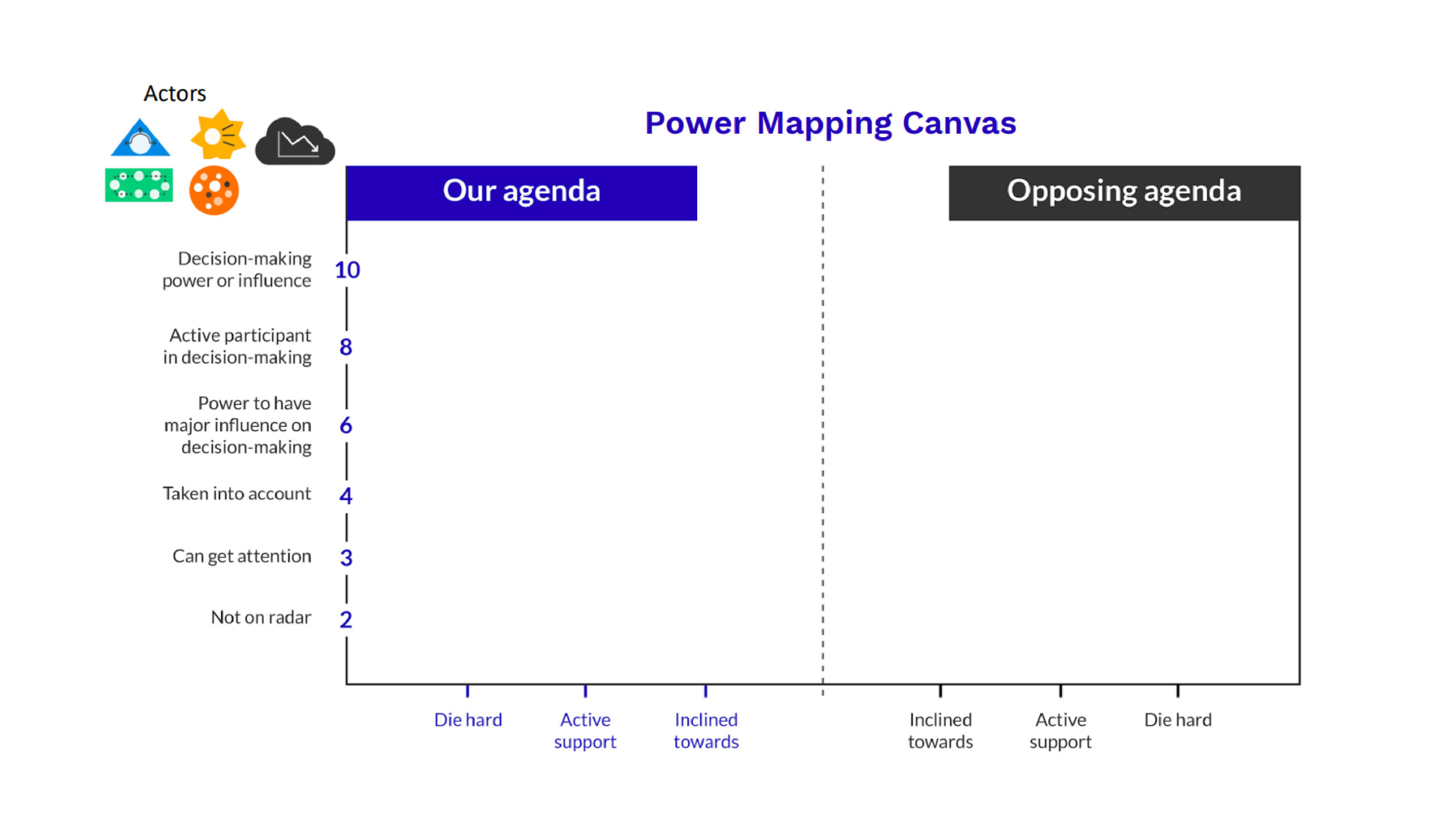People Power: The legacy of movements
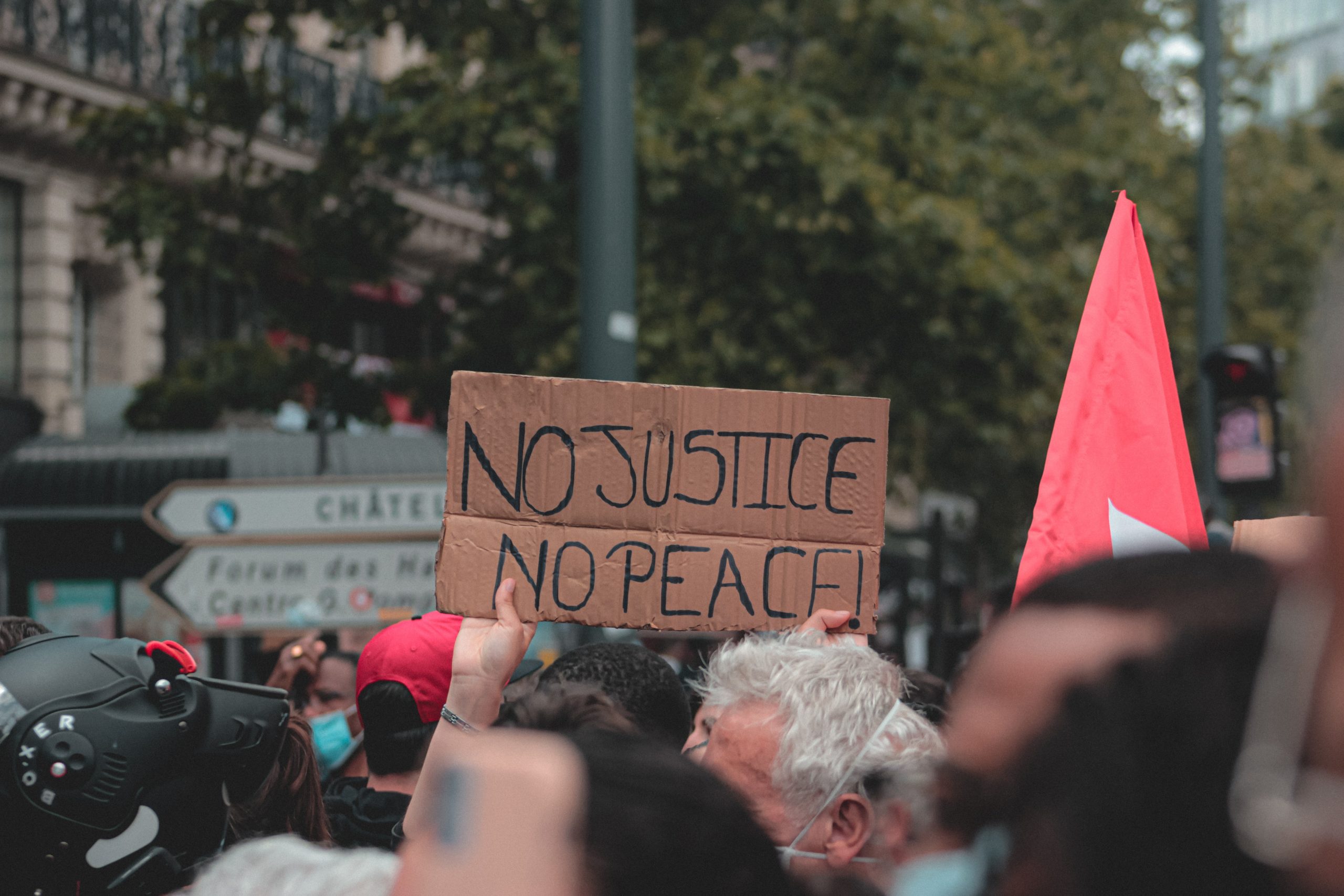
Today we did an office trip to the Imperial War Museum to take a look at the People Power: Fighting for Peace exhibition. The exhibition guided us through the development of anti-war movements over the decades from the First World War to the Iraq war – which was the first demonstration I attended at the ripe age of 8 years old.
At every turn there were artefacts, writings, banners and art from those who bravely stood up against conscription, protested against nuclear armament, and risked their freedom for the sake of others’ freedom and lives.
Although the movements were often decades apart, they bled into each other. From the suffragettes who split their movement according to who supported and who opposed the First World War, to the women’s peace camp at Greenham Common against nuclear weapons, there’s a sense of familiarity weaving through the movements. At one point in the exhibition there was a makeshift fence resembling the one that 30,000 women protested around at Greenham Common and we were encouraged to tie ribbon around the fence, like these women did decades ago. It was a very literal image of building on the legacy of this movement, and as my fingers laced the ribbon around the fence, I thought of the women’s movement today, how the women’s march of 2017 was built on a legacy of movements that came before.
From staunch ‘sometimes war is necessary’ to nuanced ‘do we protest to exercise our voice, or do we protest to get things changed?’
There was also an opportunity at the end of the exhibition to write whether you think protests have impact. The answers, scrawled across the wall opposite a BBC documentary that was never aired about the power of building alliances, were as varied as the movements that we witnessed throughout the exhibition. From staunch ‘sometimes war is necessary’ to nuanced ‘do we protest to exercise our voice, or do we protest to get things changed?’, what becomes clear is that these movements aren’t singular; the anti-war movement feeds into the environmental movement, the anti fracking movement, the divestment movement, the women’s movement, the human rights movement, LGBT movement and the migrants movement and more and more.
If there is one thing I take away from the exhibition, it’s that there’s power in alliances, in building networks, in supporting your fellow movement builders, because whatever the fight, we’re building on a legacy that stretches back through history – no matter if it’s taught or not.
Explore the key components of successful movements with the Movement Building Canvas
